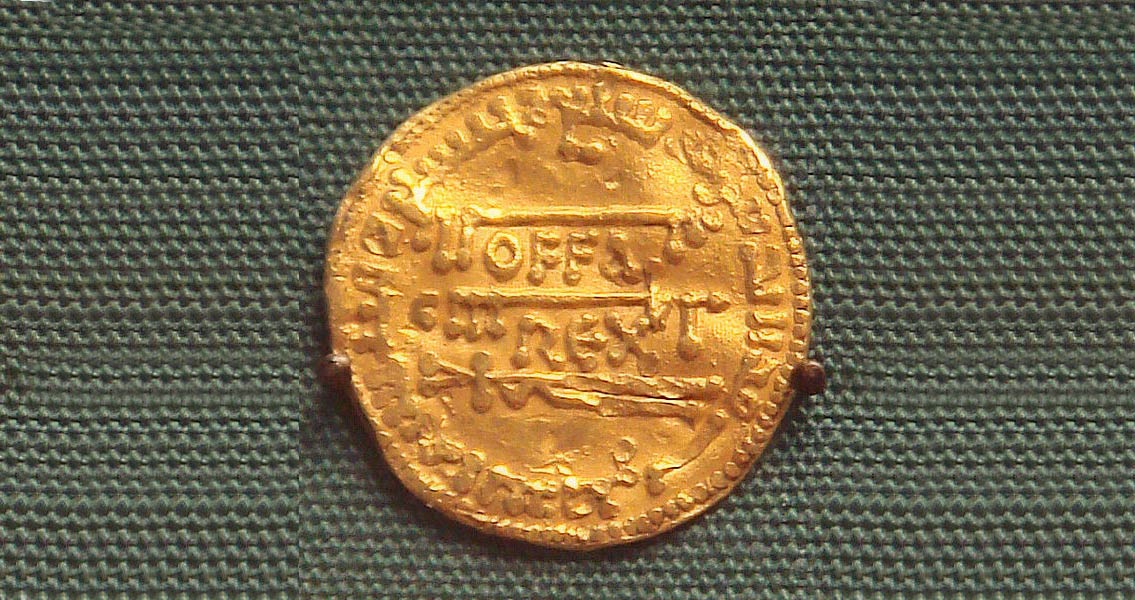<![CDATA[Scientific tests on the treasure hoard, carried out over the last two years by Stoke-on-Trent City and Birmingham councils, have revealed that the goldsmiths of that time had developed an innovative way of metallurgically making 12-18 karat gold look like 21-23 karat gold. It seems like the goldsmiths deliberately used a specific weak acid solution- almost definitely ferric chloride - to eliminate silver and different other non-gold elements from the top microns of the gold. In this way they increased the gold content on the surface, and enhanced its look. This Anglo-Saxon high-tech trick made the surfaces of comparatively low karat, fairly greenish pale yellow silver/gold alloys look like high karat, deep rich yellow, high purity gold. Previously, archaeologists had absolutely no idea about the use of this technique by the Anglo-Saxon goldsmiths. Dr Eleanor Blakelock, the renowned British archaeometalurgist, who performed all the tests on the Staffordshire gold treasure hoard, said that they had no idea that Anglo-Saxon goldsmiths were capable of doing the. She mentioned that previously they just analyzed the surfaces of gold objects- because they didn't imagine that the goldsmiths were intentionally removing the silver content from the gold. It's believed that the Anglo-Saxon goldsmiths prepared their ferric chloride by heating up a mixture of iron-rich clay and salt and water; probably dust from compressed old Roman tiles. Even though the goldsmiths appear to have regularly applied this technique to generate contrasts between different golden shades, they also seem to have applied it to improve the evident purity of gold used by the Anglo-Saxon nobility. The findings of the research suggest that gold the artefacts produced for Anglo-Saxon royals were made of high karat gold and no surface enrichment trick was used. This conclusion was drawn after performing comparative tests on Anglo-Saxon royal gold objects such as the ones from East Anglia's Sutton Hoo ship burial. This suggests that 6 out of the 839 gold items in the Staffordshire treasure hoard, including two unusual tiny snake sculptures and two sword pommels, were produced for Anglo-Saxon royalty. The Staffordshire Hoard which was discovered near the village of Hammerwich in 2009 has been the topic of one of the largest archaeological research projects ever performed. The hoard has almost 3,700 fragments - some 839 of gold and 2,800 of silver. In Anglo-Saxon times, the Staffordshire Hoard, presumably worth the equal to tens of millions of pounds, was intentionally buried, perhaps for protection sometime between 650 AD and 700 AD. ]]>
Scientific Research Reveals How Goldsmiths Fooled the Anglo-Saxon World
